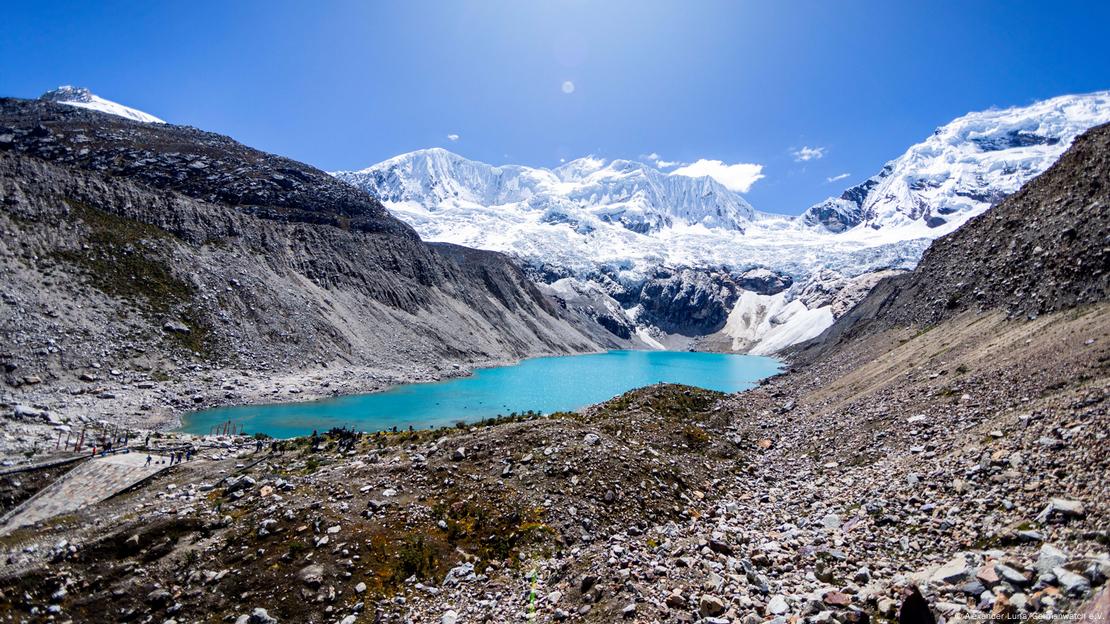Latest reports suggest that judges in the western German city of Hamm have thrown out the case of a Peruvian farmer seeking damages from energy giant RWE for the risk of flooding connected to melting glaciers.
Delivering its verdict in the David versus Goliath case-a decision that has been ten years in the making, judges said the damage to Saul Luciano Lluiya’s property from a potential glacier flood was not high enough. They ruled out an appeal.
But in a legal first, the court did rule that companies can be held liable for the impacts of their emissions.
Lluiya’s lawyer Roda Verheyen said that although the court had not recognised the risk to her client’s home, the verdict was a “milestone” that would “give a tailwind to climate lawsuits against fossil fuel companies.”
“For the first time in history, a high court in Europe has ruled that large emitters can be held responsible for the consequences of their greenhouse gas emissions,” she added.
Read also: WHO Climate Change action plan approved
The environmental NGO Germanwatch, which has supported the plaintiff throughout the long legal proceedings, said the ruling marked “a great success.”
“The court’s decision, which at first glance sounds like a defeat due to the dismissal of the case, is actually a historic landmark ruling that can be invoked by those affected in many places around the world,” the nonprofit said in a statement.
“This is because there are very similar legal requirements in numerous other countries, such as the UK, the Netherlands, the USA and Japan.”
It is almost a decade since Saul Luciano Lluiya first filed a lawsuit against German energy giant RWE, calling on the company to pay its fair share to protect his home in Peru.
Lliuya’s town of Huaraz is located in the west of the country, in a valley below the Palcacocha mountain lake. As greenhouse gas emissions have caused global temperatures to rise, glaciers in the region have been melting.
Water in the lake above Lluiya’s home has increased more than fourfold since 2003 alone, leading experts to warn of an increased risk of flooding, with potentially dire consequences for the region. They say if large blocks of ice were to break off the glacier and fall into the lake, it could trigger meter-high flooding in lower-lying urban areas.
Story was adapted from DW.
